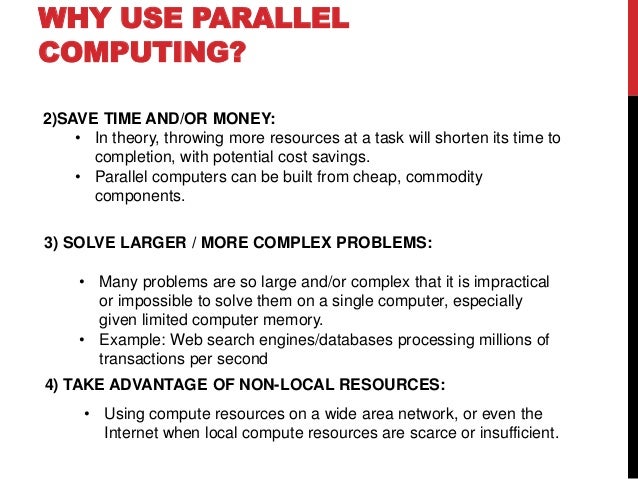Disadvantages Of Serial Processing Operating System

Advantages And Disadvantages Of Serial Processing Operating System. Images [ ] Batch processing is often used to perform various operations with such as resize, convert, watermark, or otherwise edit image files. Conversions [ ] Batch processing may also be used for converting computer files from one format to another.
• Advantages: 1. Suppose a job takes a very long time(1 day or so). Then, such processes can be performed even in the absence of humans. They doesn't require any special hardware and system support to input data. • Disadvantages: 1. It is very difficult to debug batch systems.
Command and conquer generals zero hour uncut patch. Lack of interaction between user and operating system. Suppose an error occurs in one of the jobs of a batch.
Then, all the remaining jobs get affected i.e; they have to wait until the error is resolved. TIME SHARING OPERATING SYSTEM: • As the name itself suggests, in a time-sharing system or multi-tasking system, multiple jobs can be executed on a system at the same time by sharing the CPU time among them. It is considered to be a logical extension of multiprogramming because both does simultaneous execution but differ in their prime objectives. The main objective of time-sharing systems is to minimize response time but not maximizing the processor use(which is the objective of multiprogramming systems). Eg: Unix Systems.
• Advantages: 1. They minimize the response time i.e; greater the response time, lesser is the efficiency of the system.
They reduce CPU idle time. • Disadvantages: 1. Security and Synchronization must be given a greater importance.
Data communication must be enabled. DISTRIBUTED OPERATING SYSTEM (DOS): • These are the systems in which data is stored and processed on many machines which are connected by some network.
To make it more simple, distributed systems are a collection of several separate(individual) systems which communicate (through a LAN or WAN) and cooperate with each other (using some software) in order to provide the users, access to various resources that the system maintains. One important point to note about distributed systems is that they are loosely-coupled i.e; hardware and software may communicate with each other but they need not depend upon each other. Eg: Solaris Operating System. • Objectives: 1. Making resources easily available. Open & Scalable. Distribution transparency i.e; the fact that the resources are distributed must be hidden.

• Advantages: 1. Reduced load on the host computer. Reduced delay in data processing. Better service to the users. • Disadvantages: 1. Network Security.
Network complexity. NETWORK OPERATING SYSTEM: • Network Operating System(NOS) is similar to distributed systems but they differ in the way they access resources. An NOS need special functions/protocols to facilitate connectivity & communication among the systems. NOS employs a client-server model where as a DOS employs a master-slave model.
In NOS, to process the data, it has to be transferred to the server. Aplikasi edit lagu menjadi dj. Peer-to-Peer model. • Objectives: 1.
Providing Security. Facilitating user management i.e; logon & logoff.
Enabling remote access to servers. • Advantages: 1. Stabilized Servers. Provides file, print, web & back-up services. Authorized access & automatic hardware detection.
• Disadvantages: 1. Expensive as they need to run servers continuously. Need for regular maintenance & updates. Depends on the centre location (server) even for small operations. EMBEDDED SYSTEM: • An embedded system is a computer hardware system that has software embedded in it. It can be either independent or a part of a large system. The most important feature of an embedded system is that it is microprocessor based.